Survivor Tree Introduce
For those of us who live in New York City, there are places that resonate beyond their physical presence, holding deep emotional and historical significance. The Survivor Tree, located within the National September 11 Memorial Plaza, is one such extraordinary landmark. It is not merely a tree; it is a living symbol of resilience, hope, and the enduring strength of life in the face of unimaginable tragedy. Its story is woven into the very fabric of New York’s recovery and remembrance.
This remarkable Callery pear tree endured the horrific attacks of September 11, 2001, at the World Trade Center. Discovered in October 2001, severely damaged and charred, with snapped roots and broken branches, it was pulled from the rubble and transported to a nursery in the Bronx, where it was nursed back to health. Through years of careful cultivation and dedicated care, the tree not only survived but thrived, growing new limbs and returning to a robust state. In 2010, in a poignant moment of hope and renewal, the Survivor Tree was returned to the World Trade Center site, replanted in the Memorial Plaza as a central feature of the landscaped grounds.
Today, the Survivor Tree stands as a testament to the power of perseverance. Its branches, though scarred, are full and vibrant, offering shade and solace to visitors. It serves as a stark yet beautiful contrast to the solemn reflecting pools, embodying the theme of regeneration amidst profound loss. For many New Yorkers, seeing the Survivor Tree is a deeply moving experience. It evokes a powerful emotional response, reminding us that even after the darkest moments, life finds a way to persevere and flourish. Its presence provides a vital connection to the past, a living reminder of the events of 9/11, and a beacon of hope for the future. It underscores the spirit of a city that, much like the tree itself, rebuilt and renewed itself with unwavering determination.
The Survivor Tree is prominently located within the National September 11 Memorial Plaza, which is situated at the heart of the World Trade Center complex in Lower Manhattan. While the address provided (New York, NY 10006, USA) is accurate for the general area, the Memorial Plaza itself is specifically located on the former footprints of the Twin Towers. Visitors typically access the Memorial through various points around the site, with a common reference point for the overall complex being 180 Greenwich Street, New York, NY 10007, which is the address for the 9/11 Memorial & Museum. The Survivor Tree is easily identifiable amidst the hundreds of other swamp white oak trees planted across the plaza, standing out due to its distinctive Callery pear species and its poignant historical significance. It is positioned near the North Tower Pool, making it a central and visible part of the memorial experience.
For New Yorkers, accessing the Survivor Tree and the broader 9/11 Memorial is incredibly convenient, given its strategic location within one of the city's most extensive transportation hubs. The World Trade Center site is exceptionally well-connected by public transit, making it a straightforward journey from any of the five boroughs.
The immediate vicinity is served by the Fulton Street subway station, an expansive transit hub that provides access to numerous subway lines, including the A, C, J, Z, 2, 3, 4, and 5 trains. This extensive network ensures that visitors can arrive directly or with minimal transfers from diverse locations across Manhattan, Brooklyn, Queens, and the Bronx. Additionally, the PATH train service, which connects New Jersey to New York City, has its terminal directly at the World Trade Center Transportation Hub (the Oculus), providing seamless access for commuters from across the Hudson River.
Several city bus routes also have stops in the downtown area, within easy walking distance of the Memorial Plaza. For those who prefer to cycle, the area is connected to the city's bike path network, including the Manhattan Waterfront Greenway. While driving and parking in Lower Manhattan can be challenging, public parking garages are available nearby. The Memorial Plaza itself is designed with accessibility in mind, featuring wide, level pathways that accommodate strollers, wheelchairs, and visitors with diverse mobility needs, ensuring everyone can experience this powerful living memorial.
The Survivor Tree, as a living monument within the National September 11 Memorial Plaza, is part of a managed site that provides various services to ensure a respectful and informative visitor experience. While the tree itself does not offer direct "services," the surrounding Memorial environment facilitates a profound visit.
Information and Interpretation: Throughout the Memorial Plaza, signage provides information about the Survivor Tree's history and significance. Staff and volunteers are also present to offer guidance and answer questions about the tree and the broader Memorial.
Guided Tours: The 9/11 Memorial & Museum offers guided tours of the Memorial Plaza, which often include detailed narratives about the Survivor Tree, its rescue, and its symbolism. These tours provide deeper insights into its place within the memorial.
Audio Guide App: The 9/11 Memorial offers an official audio guide app that can be downloaded to personal devices. This app includes specific segments dedicated to the Survivor Tree, providing historical context and personal stories that enhance understanding.
Accessibility: The entire Memorial Plaza, including the pathways leading to and around the Survivor Tree, is fully accessible. This ensures that visitors with mobility challenges can easily approach and appreciate the tree.
Public Restrooms: Conveniently located restrooms are available within the 9/11 Memorial & Museum complex, ensuring visitor comfort during their time at the site.
Security and Maintenance: The Memorial Plaza, including the Survivor Tree, is meticulously maintained by dedicated staff. Security personnel are present to ensure the solemnity and safety of the site, gently reminding visitors of appropriate conduct (such as not touching the tree, as mentioned in reviews, to preserve its health and respectful atmosphere).
Nearby Museum Facilities: While separate, the adjacent 9/11 Memorial Museum offers a comprehensive historical exhibition, visitor services, a gift shop, and educational resources that complement the experience of visiting the Survivor Tree and the outdoor Memorial.
These services contribute to a comprehensive and respectful visit to the Survivor Tree, allowing visitors to fully appreciate its profound message of resilience.
The Survivor Tree stands out among the hundreds of trees in the 9/11 Memorial Plaza due to its unique history and powerful symbolism. Its key features and highlights include:
Living Symbol of Resilience: This Callery pear tree is the only known living organism to have survived the collapse of the Twin Towers at Ground Zero. Its survival and subsequent rehabilitation symbolize hope, endurance, and the triumph of life over destruction.
Physical Location and Context: The tree is planted directly within the 9/11 Memorial Plaza, near the North Tower Pool, placing it within the sacred ground where the attacks occurred. This physical proximity enhances its poignant significance.
Visible Scars of Survival: Despite its new growth, the Survivor Tree still bears visible signs of its ordeal, including gnarls, broken branches, and stunted growth patterns. These "scars" are a powerful testament to its incredible journey and resilience.
Unique Species: While the majority of trees in the Memorial Plaza are swamp white oaks, the Survivor Tree is a Callery pear, making it distinct and easily identifiable amongst the surrounding greenery.
Annual Seedling Program: Each year, seedlings from the Survivor Tree are given to communities around the world that have experienced their own tragedies, extending its message of hope and resilience globally. This program is a testament to its ongoing legacy.
Integral Part of the Memorial's Design: The placement of the Survivor Tree was carefully considered as part of the Memorial's overall design by Michael Arad and Peter Walker. It serves as a deliberate contrast to the reflecting pools, emphasizing themes of life, growth, and renewal.
Source of Contemplation: For many visitors, the Survivor Tree provides a unique point of connection and reflection. Its story offers a tangible representation of enduring strength, prompting quiet contemplation and hope amidst the solemnity of the memorial.
Photographic Subject: Due to its unique history and compelling visual presence, the Survivor Tree is a frequent subject of photographs, capturing its symbolic power and beauty.
These features combine to make the Survivor Tree an exceptionally moving and meaningful highlight of any visit to the 9/11 Memorial.
The Survivor Tree, as a permanent and deeply symbolic part of the National September 11 Memorial Plaza, does not offer commercial "promotions" or "special offers." Its primary purpose is to serve as a free, publicly accessible symbol of resilience and remembrance.
However, as it is situated within the broader 9/11 Memorial & Museum complex, visitors, particularly locals, can take advantage of the following opportunities which could be considered forms of "special access" or "value":
Free Public Access to the Memorial Plaza: The Memorial Plaza, where the Survivor Tree is located, is entirely free to visit. It is generally open daily from 8 AM to 8 PM, allowing New Yorkers to visit and reflect at their convenience without any admission fee.
Free Admission Mondays for the Museum: While the indoor 9/11 Memorial Museum typically requires a ticket, it offers free admission on Monday evenings. Tickets are released online each Monday morning at 7 AM ET and are available on a first-come, first-served basis. This provides an excellent "offer" for locals to explore the comprehensive museum exhibitions that complement the outdoor Memorial, enhancing their understanding of the tree's context.
Community and Educational Programs (often free): The 9/11 Memorial & Museum often hosts free public programs, lectures, and educational initiatives related to the events of 9/11, resilience, and the meaning of the Memorial. These can be found on their official website and offer valuable insights.
Membership Benefits: For New Yorkers who wish to support the Memorial and have recurring access, becoming a member provides benefits such as unlimited museum admission, discounts at the museum store, and invitations to exclusive events. While this is a paid membership, it offers ongoing value.
Combination Tickets with Other Attractions: Various New York City tourism passes (e.g., CityPASS, The New York Pass) and bundled tickets with nearby attractions (like One World Observatory) often include admission to the 9/11 Memorial Museum. While not a direct "promotion" for the tree itself, these can offer overall savings if you plan to visit multiple sites.
The most significant "promotion" of the Survivor Tree remains its powerful, free, and open invitation to all to witness a living testament to recovery and enduring strength.
For inquiries related to the Survivor Tree, which is a key feature of the National September 11 Memorial & Museum, the following contact information serves as the primary point of contact for general information and assistance:
Address: The Survivor Tree is located within the National September 11 Memorial Plaza. While the provided address (New York, NY 10006, USA) is generally correct for the area, the specific location for the Memorial & Museum complex, often used for direct navigation and correspondence, is:
180 Greenwich Street, New York, NY 10007, USA (This is the address for the 9/11 Memorial & Museum building, which is adjacent to the Memorial Plaza where the tree is located).
General Phone Number: (212) 312-8800
Mobile Phone: +1 212-312-8800 (This is the same general inquiry number for the Memorial & Museum).
For specific inquiries related to group visits, educational programs, museum tickets, or detailed accessibility information, it is highly recommended to visit the official website of the National September 11 Memorial & Museum (911memorial.org). The website provides extensive resources, including specific contact forms and departmental phone numbers, such as:
Reservations (for museum tickets): (212) 266-5211
Group Tickets: (212) 266-5200
General Email: info@911memorial.org
These contact points will guide you to the most accurate information regarding the Survivor Tree as part of your comprehensive visit to the 9/11 Memorial site.
For New Yorkers, the Survivor Tree transcends its status as a mere historical landmark; it embodies the very spirit of our city's resilience and capacity for renewal. Its suitability for locals is deeply rooted in its profound symbolism and its accessibility as a permanent fixture within the urban landscape.
Firstly, the Survivor Tree serves as a living, tangible testament to the enduring impact of 9/11 on our community. For those who experienced the tragedy directly or indirectly, its presence offers a powerful focal point for remembrance, reflection, and healing. It’s a place where we can bring our own memories, a shared symbol of defiance against loss, and a beacon of hope that life continues to flourish even after unimaginable devastation. For younger New Yorkers, it provides a vital, accessible, and tangible connection to a pivotal moment in our city’s history, helping them understand the narratives of strength and unity that define us.
Secondly, its location within the National September 11 Memorial Plaza offers a unique urban sanctuary. In the midst of downtown Manhattan's relentless energy, the Memorial provides a space of quiet contemplation. The Survivor Tree, with its story of perseverance, enhances this tranquility, offering a natural element that invites reflection and peace. It’s a place where locals can easily visit during a lunch break, a weekend stroll, or a specific moment of remembrance, finding solace and a moment of pause away from the city's hustle.
Furthermore, the tree's powerful narrative extends beyond simply remembering; it inspires. Its journey from charred debris to a thriving symbol of life reminds us of our own ability to overcome challenges and rebuild. This message of resilience is deeply resonant with the New York spirit. It encourages us to look forward while honoring the past, fostering a sense of collective strength and optimism.
Finally, the ease of access via multiple subway lines and public transportation makes the Survivor Tree highly suitable for spontaneous or planned visits by locals from all boroughs. The fact that the outdoor Memorial Plaza, including the Survivor Tree, is free to access ensures that this powerful symbol is available to everyone, reaffirming its role as a communal touchstone. The Survivor Tree is not just a part of the Memorial; it’s a living heartbeat of New York City's enduring spirit, making it an essential and deeply meaningful place for every New Yorker to visit and cherish.
Survivor Tree Photos
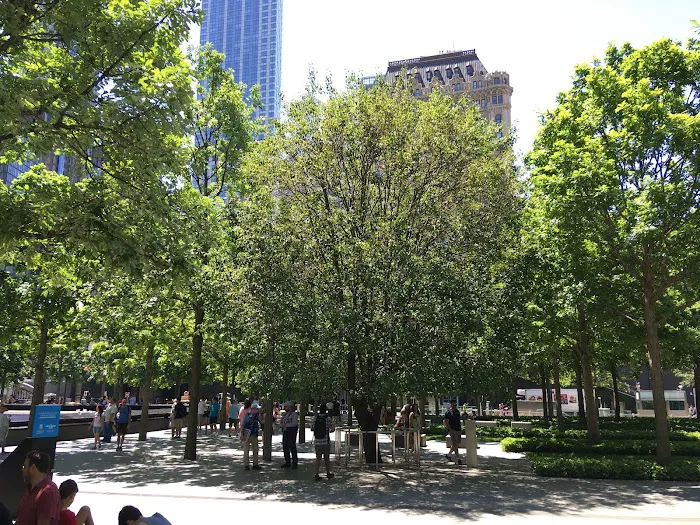

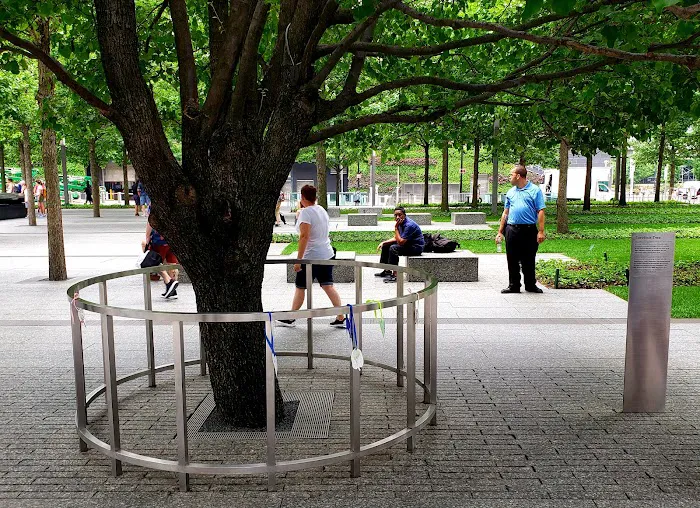
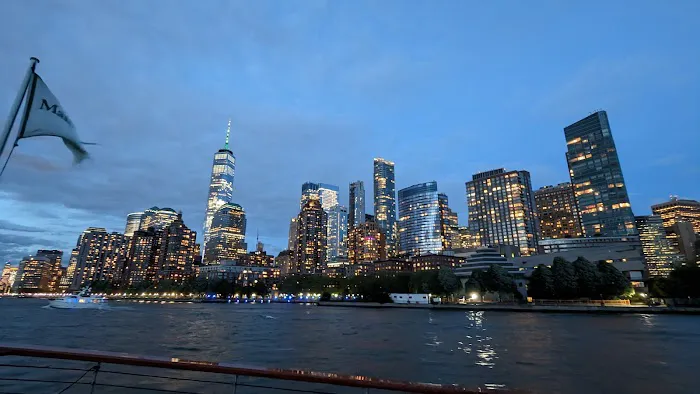
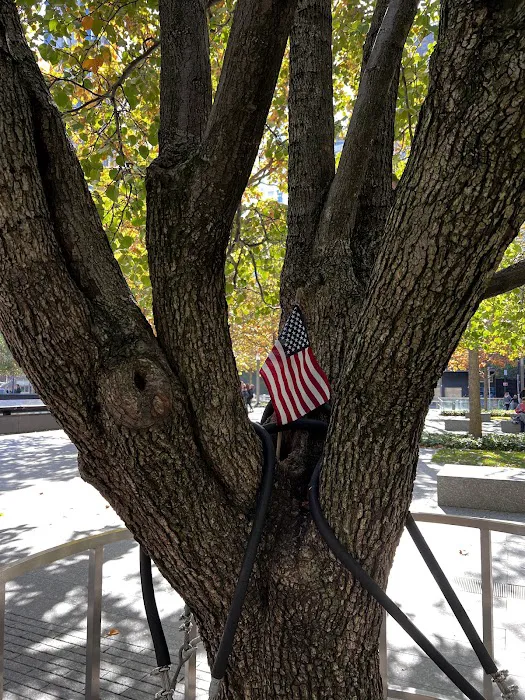
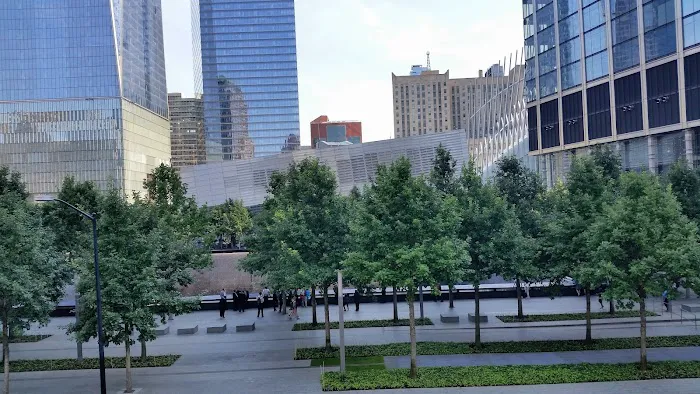

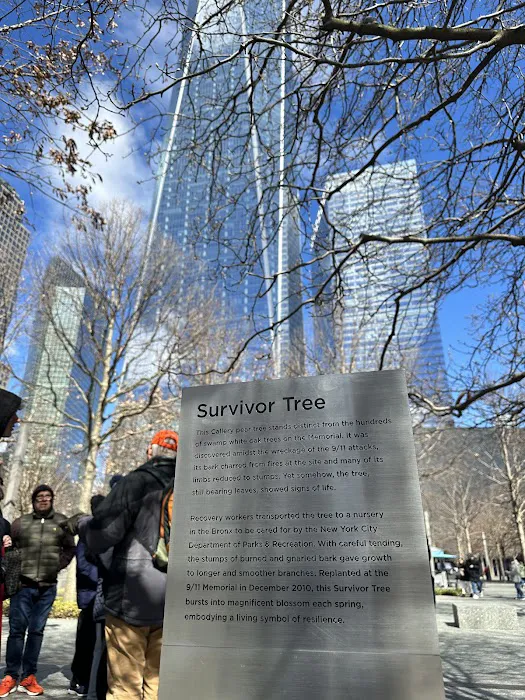
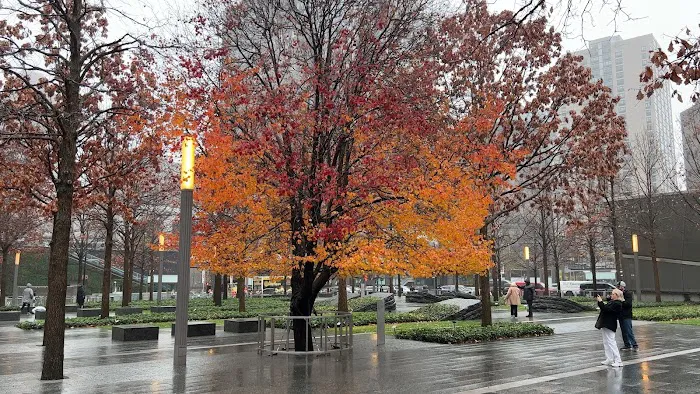
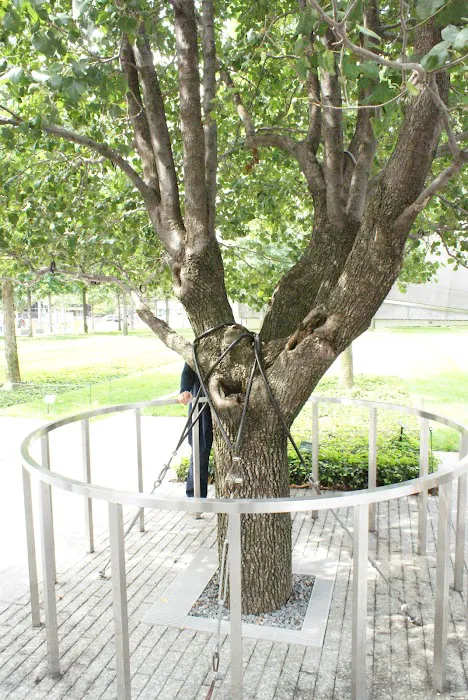
Survivor Tree Location
Survivor Tree
New York, NY 10006, USA
 Survivor Tree
Survivor TreeNew York
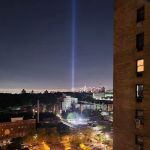 South Tower Pool
South Tower PoolNew York
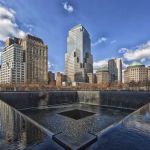 Ground Zero
Ground ZeroGreenwich St
 Liberty Park
Liberty Park165 Liberty St
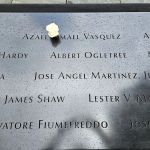 North Tower Pool
North Tower PoolFulton St
 World Center Hotel
World Center Hotel144 Washington St
 Club Quarters Hotel World Trade Center, New York
Club Quarters Hotel World Trade Center, New York140 Washington St
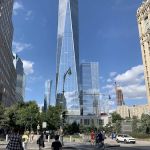 Bfpl
Bfpl200 Liberty Street
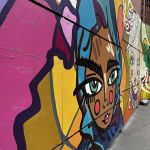 1-13 Albany St
1-13 Albany St1-13 Albany St
 Place For Pictures
Place For Pictures200 Greenwich St
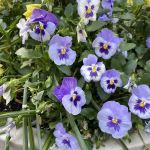 Albany Street Plaza
Albany Street Plaza1-13 Albany St
 New York Marriott Downtown
New York Marriott Downtown85 West Street at
 windows on the world
windows on the world285 Fulton St
Survivor Tree Reviews
It's crazy to think that a tree can survive so close to where the towers stood! It's great to be able to sit it still thriving.
Apr 18, 2025 · Sam Neil PaulVisited the survivor tree today and it was so special, the only problem we had was as we were remembering the people who lost their lives some people approached the tree and touched the branches and leaves, us being tourists and being the first time we have visited the 9/11 memorial thought that was allowed only to be approached by a very aggressive and rude woman telling us to 'NOT TOUCH THE LEAVES!' We were very taken back by the way she spoke to us and she gave the memorial a bad vibe after that, the feeling that its all been done to make money out of.. which is the complete opposite to what a memorial is supposed to be for.
May 18, 2025 · Yentl Baker ActorThis tree has since become a symbol of hope and renewal in the wake of the 9/11 attacks.Following the 9/11 attacks, a few folks who were working at Ground Zero helping to clear debris from the site witnessed an inspiring testament to resilience. They found a tree buried in the rubble, burned, torn, splintered, lying on its side almost dead.THIS VERY TREE is about a Callery pear tree that was planted in the plaza beneath the Twin Towers and was buried by the towers collapsing in the 9/11 attacks. Remarkably, it was still alive when it was unearthed about a month later–it was the last living thing to be rescued from the pile.The people who saved it sent it up to a nursery in the Bronx, where it was replanted and brought back to health over nearly a decade. It was then packed on a truck, returned to Lower Manhattan, and planted permanently in the 9/11 Memorial among the white oaks that form a sort of small forest there. It’s still there today.The coincidence was that I was visiting this site on 9/10, just a day before the 9/11 anniversary.
Nov 06, 2024 · Sanjay GuptaThe 9/11 memorial was one of the first places I visited after my arrival in New York City. I was totally unaware of the existence of this tree or the story behind it until my initial visit. I look forward to seeing the changes to this Survivors tree with the passage of time, seasons, and other special memorial events and tributes.The first couple of photos with the bare branches are from 10 March 2024. The other 3 photos are from 28 May 2024—the day after Memorial Day.Beautiful to see this living symbol of resilience looking so strong, verdant, and decorated with patriotic bands and messages of our allied strength against those who would prefer to see us divided and fearful.I❤️NY🫡🇺🇸🪶
May 29, 2024 · Chantelle Marie SmithThe 9/11 Survivor Tree is a symbol of resilience and hope. Standing before it, I felt a deep sense of consolation knowing that this tree withstood the horrors of that day and still thrives. Its survival, despite everything it endured, is a powerful reminder of strength and renewal amidst tragedy. It offers comfort in a place filled with sorrow, showing that life continues even after the darkest moments.
Oct 23, 2024 · Arosha Weerakkody
More Scenic Spot
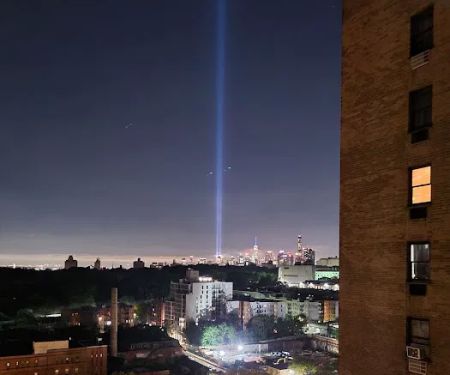 South Tower Pool4.0 (333 reviews)
South Tower Pool4.0 (333 reviews)New York, NY 10006, USA
 Ground Zero4.0 (1215 reviews)
Ground Zero4.0 (1215 reviews)Greenwich St, New York, NY 10007, USA
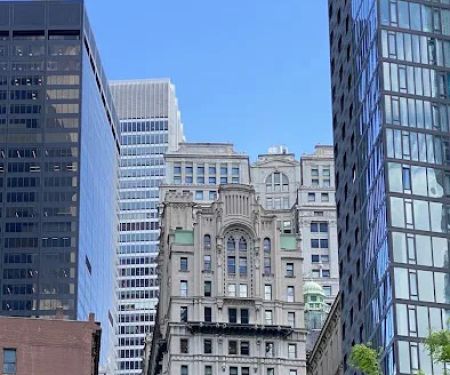 Liberty Park0.0 (0 reviews)
Liberty Park0.0 (0 reviews)165 Liberty St, New York, NY 10281, USA
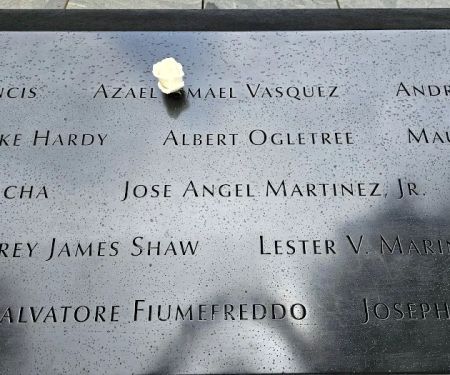 North Tower Pool4.0 (457 reviews)
North Tower Pool4.0 (457 reviews)Fulton St, New York, NY 10006, USA
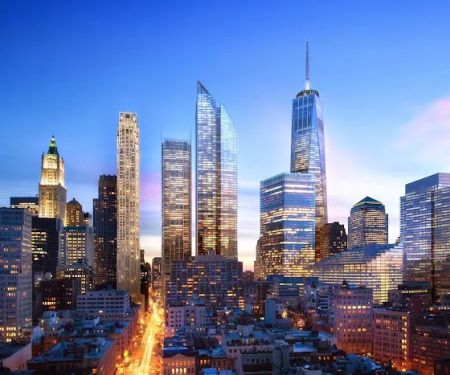 World Center Hotel4.0 (1407 reviews)
World Center Hotel4.0 (1407 reviews)144 Washington St, New York, NY 10006, USA
 Club Quarters Hotel World Trade Center, New York4.0 (2043 reviews)
Club Quarters Hotel World Trade Center, New York4.0 (2043 reviews)140 Washington St, New York, NY 10006, USA
 Bfpl5.0 (1 reviews)
Bfpl5.0 (1 reviews)200 Liberty Street, New York, NY 10006, USA
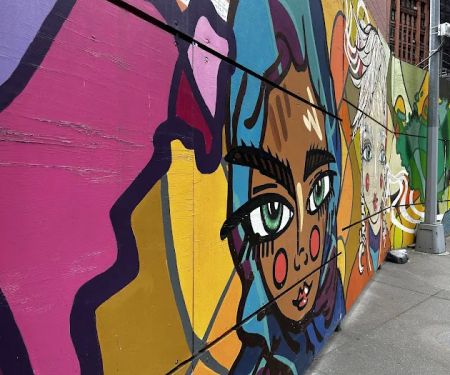 1-13 Albany St0.0 (0 reviews)
1-13 Albany St0.0 (0 reviews)1-13 Albany St, New York, NY 10006, USA
 Place For Pictures0.0 (0 reviews)
Place For Pictures0.0 (0 reviews)200 Greenwich St, New York, NY 10006, USA
 Albany Street Plaza4.0 (13 reviews)
Albany Street Plaza4.0 (13 reviews)1-13 Albany St, New York, NY 10006, USA
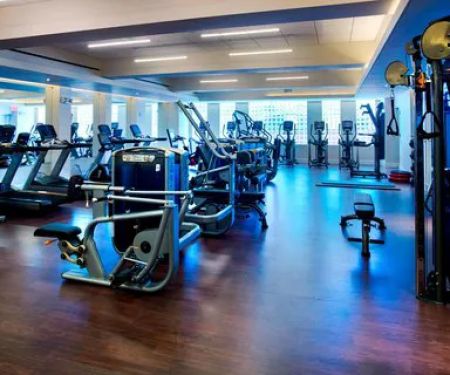 New York Marriott Downtown4.0 (3060 reviews)
New York Marriott Downtown4.0 (3060 reviews)85 West Street at, Albany St, New York, NY 10006, USA
 windows on the world5.0 (1 reviews)
windows on the world5.0 (1 reviews)285 Fulton St, New York, NY 10007, USA
Categories
Popular Camping Sites
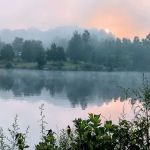 Sugar Lake RV Park (55+ Park)4.0 (48 reviews)
Sugar Lake RV Park (55+ Park)4.0 (48 reviews)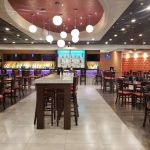 Ramada Plaza by Wyndham Newark International Airport3.0 (2528 reviews)
Ramada Plaza by Wyndham Newark International Airport3.0 (2528 reviews)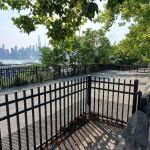 Dog Park0.0 (0 reviews)
Dog Park0.0 (0 reviews) Doug Phillips Park4.0 (94 reviews)
Doug Phillips Park4.0 (94 reviews)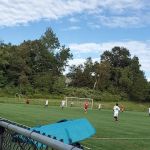 Puglio Park4.0 (271 reviews)
Puglio Park4.0 (271 reviews) Newark Liberty International Airport Marriott4.0 (3603 reviews)
Newark Liberty International Airport Marriott4.0 (3603 reviews)Trending Camping Blog Posts
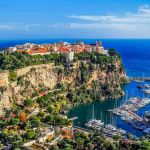 Top Group Travel Destinations in Europe: Best Places for Group Vacations
Top Group Travel Destinations in Europe: Best Places for Group Vacations How to Get Involved in Travel Clans for Social Travel: Explore Group Travel Opportunities
How to Get Involved in Travel Clans for Social Travel: Explore Group Travel Opportunities Best Travel Clans for Sustainable Travel
Best Travel Clans for Sustainable Travel Best Group Vacation Destinations for Friends: Ultimate Travel Ideas
Best Group Vacation Destinations for Friends: Ultimate Travel Ideas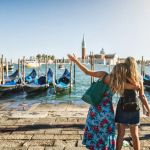 Travel Clans for Solo Travelers Looking for Company: Join Unique Travel Communities
Travel Clans for Solo Travelers Looking for Company: Join Unique Travel Communities Best Travel Clans for Women Traveling Together
Best Travel Clans for Women Traveling Together 
